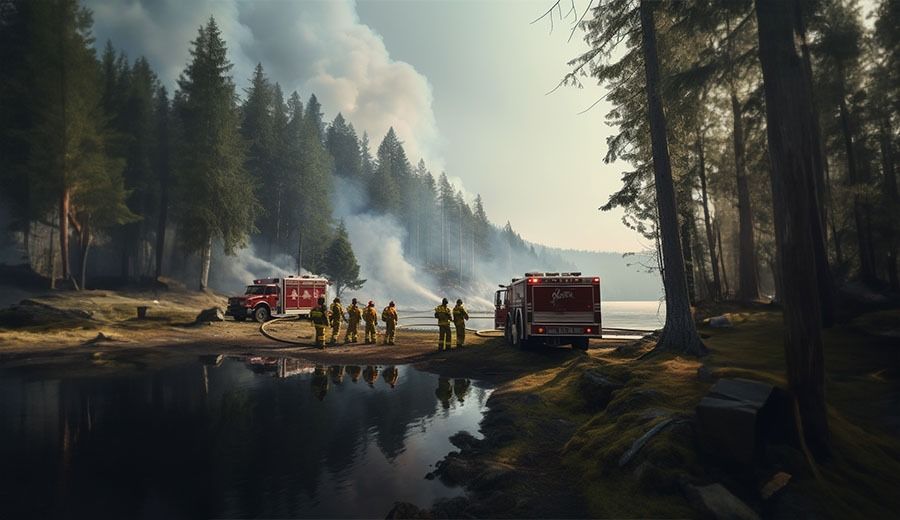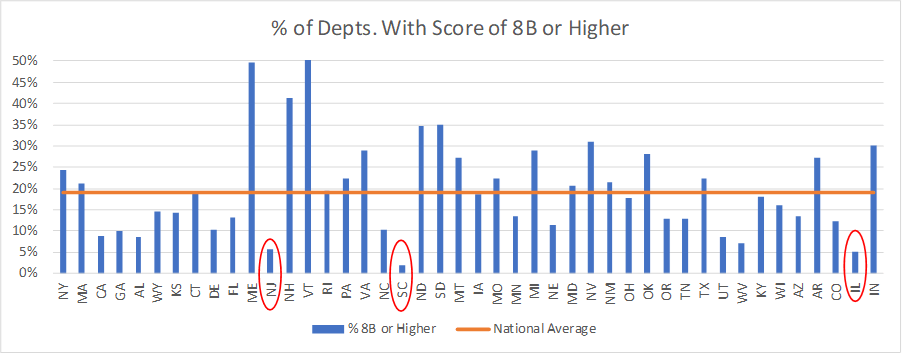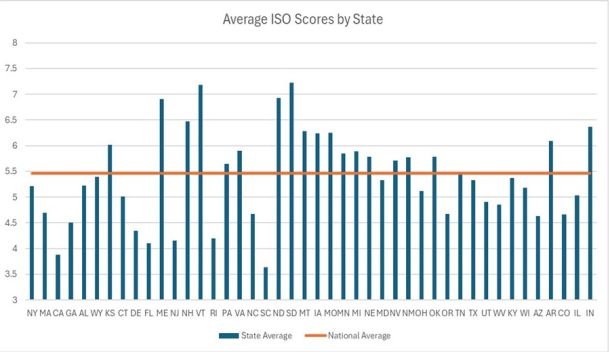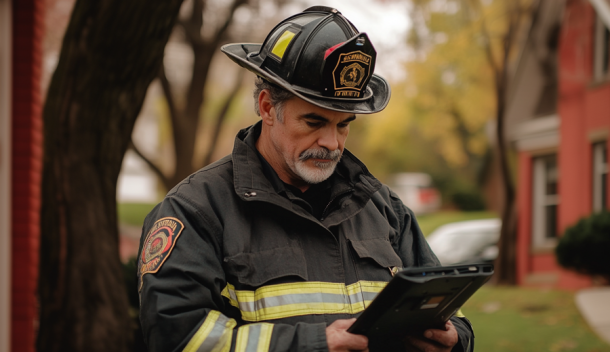
State-by-State Analysis: Diverging ISO/PPC Scores and the Quest for the National Benchmark
After looking at national PPC scores, we thought it would be interesting to compare states to the national average.
Want to know how you compare to your state or to the National Average? Request it here.
Again, while we identified a few trends, it’s hard to make broad assumptions about the data.
In general, most states followed a traditional bell curve similar to the national average.
In a previous post, we talked about the number of departments that were stuck at an 8B or higher due to water access limitations. A few states noticeably bucked this trend.

Less than 5% of departments in NJ, SC, and IL had scores higher than an 8B. Do these states have better access to water supply than most of their peers? Potentially. It also could mean a large portion of departments did not meet the requirements for a rating.
Something else to note: if departments are getting ISO scores knowing that they will get an 8B or higher, there must be some benefit to obtaining an ISO score, even it’s high.
The other takeaway is that Maine, New Hampshire, Vermont, South Dakota, and North Dakota had the highest percentage of departments with a score of 8B or higher. All of these states are large relative to overall population. It may be harder for large, sparsely populated states to obtain low ISO scores. However, Wyoming may be the exception to the rule.
It’s clear that the national average ISO score may not be the right benchmark for all states.
What are your thoughts? Did we miss anything? Please leave comments below.
Comment
Comments are closed.




We are a small career Fire District in the north central region of Arizona about 100 miles NNE of the Phoenix metro area. With a permanent population of about 700 and covering a 55 square mile first due area. Back in 2010 our District had a PPC of 9/10. Over the subsequent 7-8 years we invested heavily in equipment, manpower and building 2 new fire stations. In 2018 we achieved a PPC of 5 for our entire Fire District. Since 2018 we have experienced a significant financial impact of increased costs of operations and loss of manpower, with an inability to hire new FF/EMTs. As a result we were forced to liquidate some of our assets and downsize our operations while remaining to provide the same services with fewer personnel and equipment. During this same timeframe insurance companies in our area reduced their ability or desire to write and or renew home owners policies due to our high FireLine Risk scores, which are independent of PPC ratings. The insurance companies would not recognize our PPC of 5 because we have NO fire hydrants in our District and our water supply portion of our PPC score was based upon HAULED WATER. We just had an ISO inspection in September and due to our downsizing equipment inventory and loss of employees we are back to a PPC of 9/10. We have also found there are several insurance underwriters that do not even consider ISO ratings when writing homeowners insurance. To me ISO does not mean very much any longer, especially in the western US where we live in the Wildland Urban Interface.